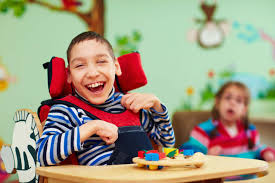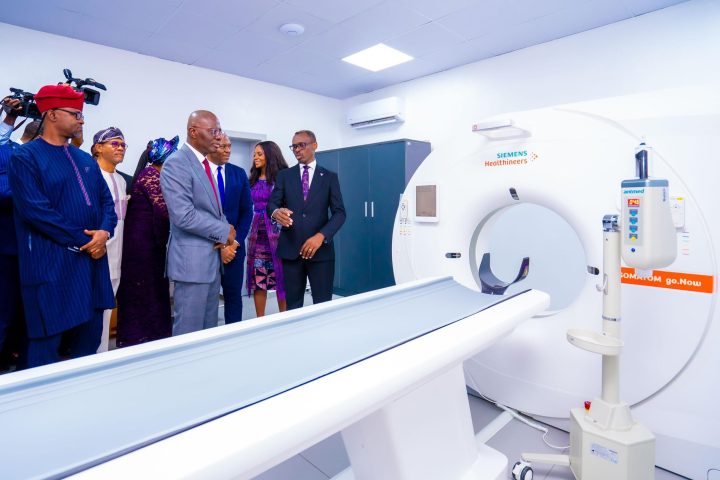What is autism spectrum disorder?
Autism spectrum disorders (ASD) encompass a diverse range of conditions characterized by difficulties in social interaction, communication, and atypical patterns of activities and behaviors. While the abilities and needs of autistic individuals vary widely, societal attitudes and support systems significantly impact their quality of life.
Early detection of autism is crucial for timely intervention, yet diagnosis often occurs later than ideal. Co-occurring conditions such as epilepsy, depression, anxiety, and attention deficit hyperactivity disorder (ADHD) are common among autistic individuals, presenting additional challenges.
Join our WhatsApp ChannelThe prevalence of autism is estimated at around one in 100 children worldwide, though reported figures vary across studies. While there is ongoing research into the causes of autism, evidence suggests a complex interplay of environmental and genetic factors.
Causes of Autism spectrum disorders (ASD)
Autism spectrum disorders (ASD) present a multifaceted challenge, with the causes of this condition remaining enigmatic. Extensive scientific inquiry has revealed that autism’s origins are likely rooted in a complex interplay of genetic and environmental factors. Studies have uncovered a plethora of genetic variations associated with ASD, emphasizing the strong hereditary component of the disorder. These genetic predispositions can influence neurodevelopmental pathways, impacting how individuals perceive and interact with the world around them.
In addition to genetic factors, environmental influences play a significant role in autism’s etiology. Prenatal exposure to certain toxins or medications has been implicated as potential risk factors for ASD. Environmental stressors during critical periods of fetal development may disrupt neurological processes, contributing to the manifestation of autism symptoms later in life.
Dispelling misconceptions, extensive scientific research has unequivocally debunked claims linking childhood vaccines, such as the measles, mumps, and rubella (MMR) vaccine, to autism. Rigorous studies have refuted any causal relationship, attributing flawed interpretations and biases to previous claims. Similarly, research has consistently demonstrated that preservatives and additives like thiomersal and aluminum in childhood vaccines do not elevate the risk of autism. These findings underscore the critical importance of evidence-based information in shaping public health policies and promoting vaccination.
Symptoms of Autism spectrum disorders (ASD)
Autism manifests differently in everyone, leading to a wide range of symptoms and behaviors. Common signs of autism typically emerge in early childhood and may include:
Social Challenges: Difficulty in understanding social cues, making eye contact, and forming relationships.
Communication Difficulties: Delayed speech or language development, repetitive language, and difficulty with nonverbal communication.
Restricted Interests and Repetitive Behaviors: Engaging in repetitive movements or actions, fixating on specific interests, and displaying resistance to change.
Sensory Sensitivities: Heightened or diminished sensitivity to sensory stimuli, such as light, sound, or touch.
It’s important to note that individuals with autism may exhibit a wide range of abilities and strengths, highlighting the diversity within the autism spectrum.
Diagnosis for Autism spectrum disorders (ASD)
Diagnosing autism involves comprehensive evaluations by healthcare professionals, including developmental pediatricians, psychologists, and speech-language pathologists. These assessments typically involve observing the individual’s behavior, communication skills, and social interactions, along with gathering information from parents or caregivers about developmental milestones and concerns.
READ ALSO: A Rare Genetic Mutation Could Delay The Onset of Alzheimer’s
Treatments and Interventions for Autism spectrum disorders (ASD)
While there is no cure for autism, early intervention and personalized treatments can greatly improve outcomes and quality of life for individuals with ASD. Treatment approaches may include:
Behavioral Therapies: Applied Behavior Analysis (ABA), speech therapy, and occupational therapy are commonly used to address communication, social, and behavioral challenges.
Medications: In some cases, medications may be prescribed to manage specific symptoms associated with autism, such as anxiety, depression, or hyperactivity.
Educational Support: Individualized education plans (IEPs) and specialized educational programs can provide tailored support to address academic and social needs.
Support Services: Access to support services, community resources, and support groups can offer valuable assistance and guidance to individuals with autism and their families.
Conclusion:
Autism spectrum disorders present a spectrum of challenges and strengths, impacting individuals and families in diverse ways. While there is much yet to understand about its causes and manifestations, evidence-based research continues to shape our understanding and debunk myths surrounding autism. By fostering acceptance, providing support, and promoting inclusive policies, we can create a more compassionate and supportive society for individuals with ASD and their families.




![Relishing Ugba [Oil Bean] Delicacy](https://www.primebusiness.africa/wp-content/uploads/2025/06/Ugba-delicacy-720x480.jpg)












Follow Us